Heavy metals in cocoa?
Yes but…
The cadmium residues measured in our cocoa are above the legal limits (80% below, to be precise). More numbers on that later. They are kept as low as possible due to the strictly ecological and sustainable cultivation methods. We are therefore certain: There is absolutely no reason to worry, even though the media is full of warnings. ⚠️
Let's take a closer look...
What is cadmium?
Cadmium is a heavy metal that occurs naturally in the Earth's crust and can be released by human activities such as mining, fertilizers and industrial processes. It enters the environment and can accumulate in foods, especially those grown on ("contaminated") soil.
Effects of cadmium
Cadmium can be harmful to health depending on the concentration or the way it is absorbed into the body. The human body cannot completely excrete cadmium, which means it can accumulate in the body over years. Very high levels of cadmium can cause flu-like symptoms and are also associated with bone, kidney and lung diseases.
Cadmium in cocoa
During their metabolic processes, cocoa trees absorb cadmium from the soil through their roots, which can then be stored in the cocoa fruit and its seeds, the beans. The concentration of cadmium in cocoa depends heavily on the growing conditions.
Unfortunately, there is no process to remove traces of cadmium from the cocoa mass when the beans are processed, and the heavy metal is unfortunately not biodegradable. Since cadmium is also found in many staple foods (grains, potatoes, shellfish), the amount of cadmium in cocoa is only of limited relevance for normal consumption. However, with long-term and increased consumption over many decades, a higher amount of cadmium can accumulate in the body.
Regional differences

Studies have shown that cocoa from certain regions, particularly parts of South America, often has higher levels of cadmium than cocoa from other regions such as Africa or Asia. This is because certain volcanic soils in South America naturally have higher cadmium concentrations or are contaminated by human activities.
Limit values and analysis results
The legal limits introduced are a correct and important step, but they are limited to finished products and do not refer to the raw products themselves, which is why there is no explicit limit for 100% cocoa. For chocolate with more than 50% cocoa content, a legal limit of 0.80 mg/kg applies.
Our 100% Chuncho cocoa from Peru, where the cadmium concentration is still considered to be elevated due to the growing conditions on volcanic rock, contains a measured cadmium content of 0.12 mg/kg - compared to the limit value of 0.80 mg/kg, this is negligible.
🔎 You can find the complete analysis results here . 🔍
Intake of cadmium in everyday life through staple foods

Most of the cadmium is absorbed through our daily diet - especially staple foods such as wheat and potatoes and other vegetables. This is because cadmium is absorbed through the soil, as described above.
Cadmium, which is absorbed through the basic foods consumed in large quantities every day (for example through a good portion of spaghetti), is therefore in a completely different ratio to the tiny amount contained in a cup of cocoa.
Cocoa - even if it is your daily companion - will only have a minimal effect on cadmium intake.
It has been proven that cadmium pollution is kept as low as possible through strictly controlled organic farming.
Conclusion

A minimal amount of cadmium can also be measured in our cocoa. However, this is 80% below the legally permitted maximum levels. Thanks to our high standards, we can be sure that residues are minimal.
Of course, it would be great if we could keep the cocoa we offer free of all heavy metal residues, but that is simply not the reality. The heavy metals contained in the soil do exist and are found in countless foods. What we can do is make sure that there is no additional contamination from humans. That is why we rely on strictly organic and sustainable cultivation.
And of course, such a toxic topic is often blown up in the media.
But when viewed holistically, it is clear: the heavy metals in our soil and water are a fundamental problem that not only affects, but also affects cocoa.
What counts is a balanced diet and an awareness of the relationship between cadmium residues and the amount consumed. All in all, the wise saying applies here again: it's the dose that makes the poison.
We are quite sure that the benefits of this wonderful plant far outweigh all the concerns surrounding this controversial topic. ❤️ 🍫
You can therefore continue to enjoy it in a relaxed manner and if you have any questions about this topic, please feel free to contact us at any time.
P.S.: 🔎 We found an older but very informative article . 🔍




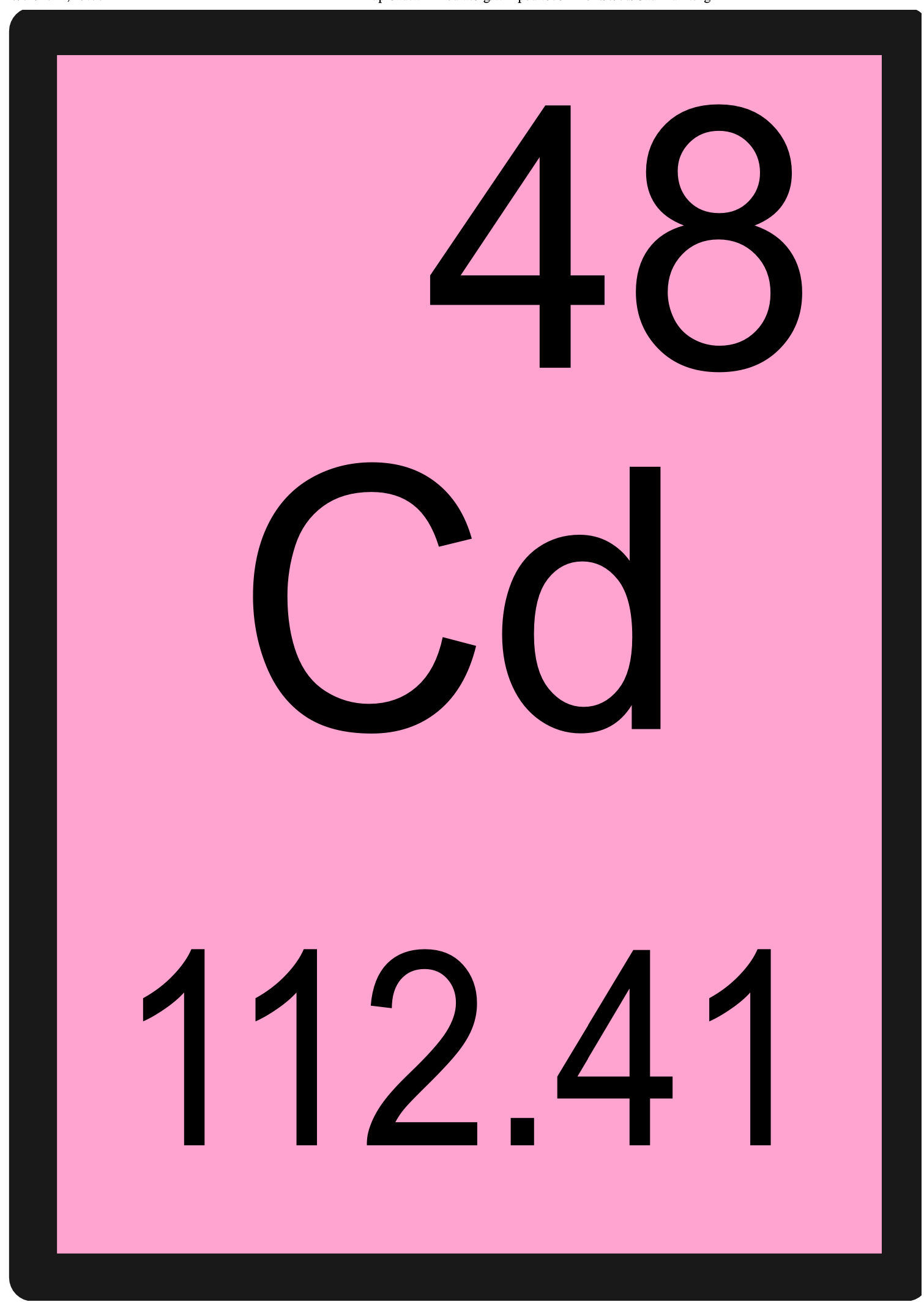

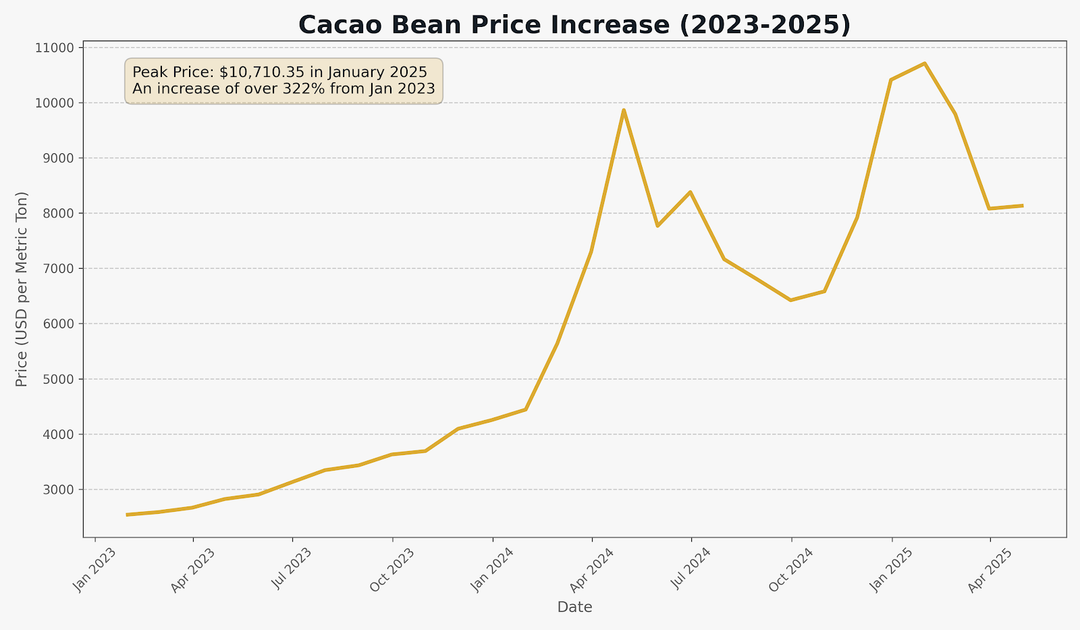
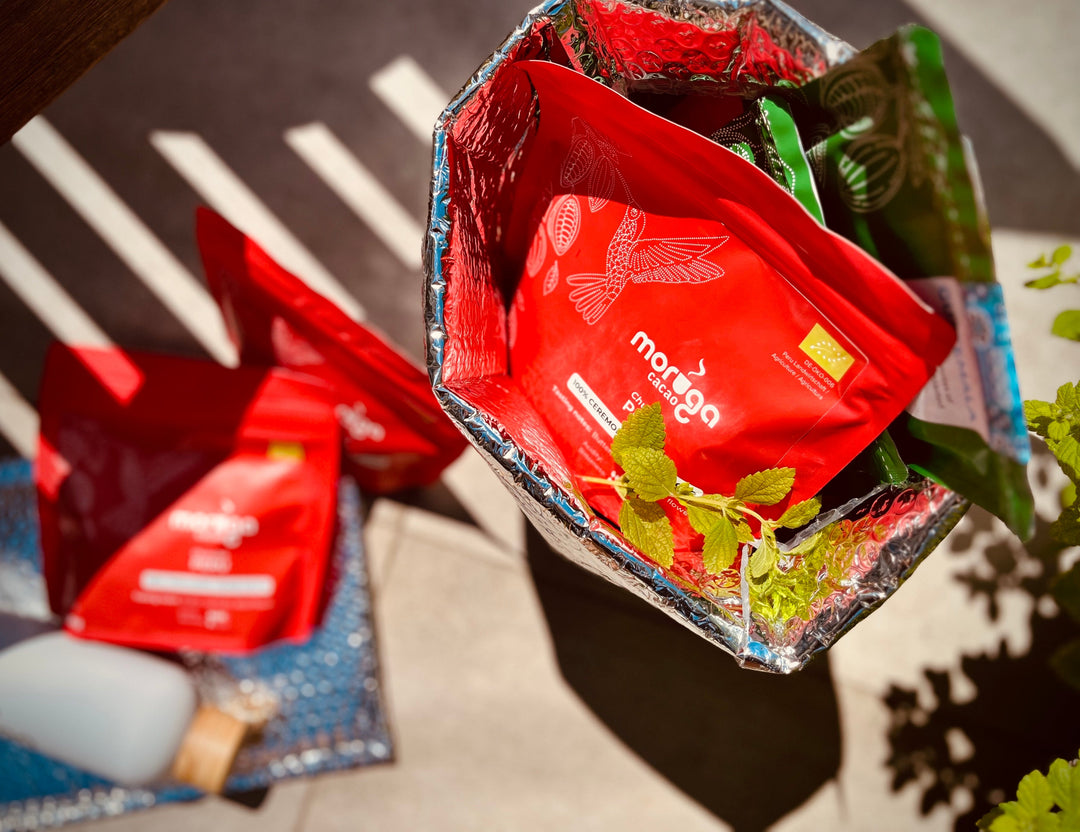

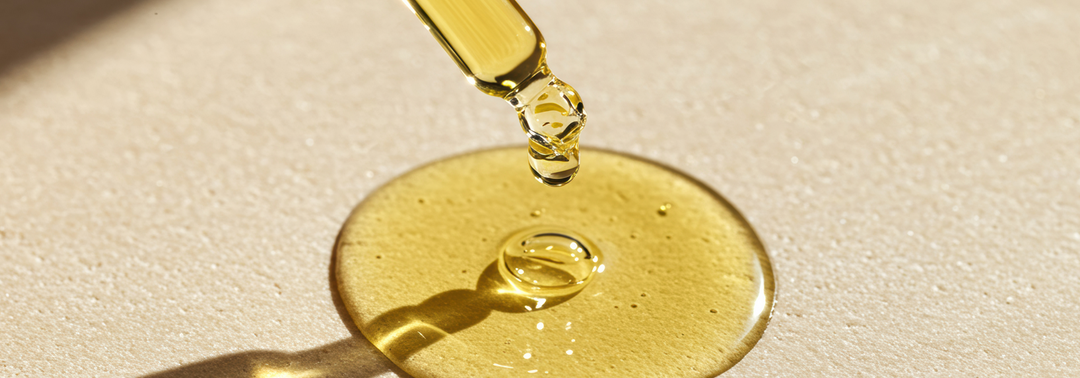
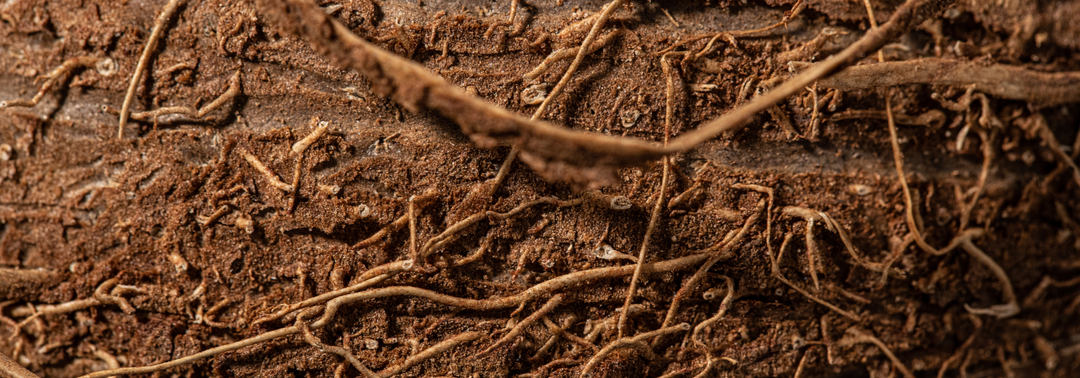
Muss man sich bei täglichem Verzehr von 20g Bio-Kakaopulver Sorgen machen, bzw. wie hoch wäre hier dann die Cadmium-Einnahme?
Danke für die Informationen. Transparenz ist sehr wichtig und ich wünsche mir als Kunde einen solchen andauernden Prozeß.
Hi, erstmal danke für die Transparenz. Ich hätte mir gerne den Analysebericht angesehen leider steht bei dem Link:
„Die Datei befindet sich im Papierkorb des Eigentümers“
Danke für Deinen Hinweis, Andrea. Das werden wir gerne anpassen.
ich empfehle, sicherheitshalber 0,80 zu schreiben für 1. unachtsame schnellleser und 2. unwissende, die vielleicht 0,8 und 0,12 falsch iunterpretieren (wie 8 und 12)….danke für die erklärung
Leave a comment